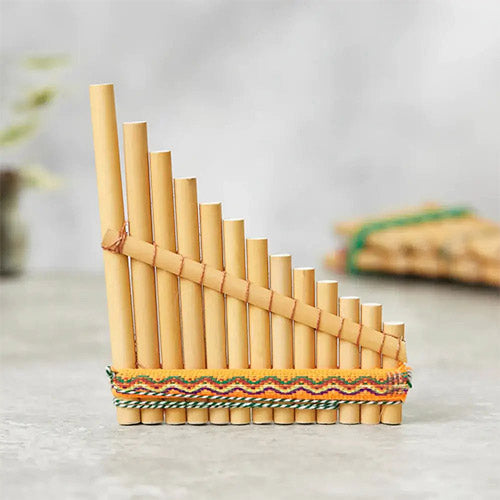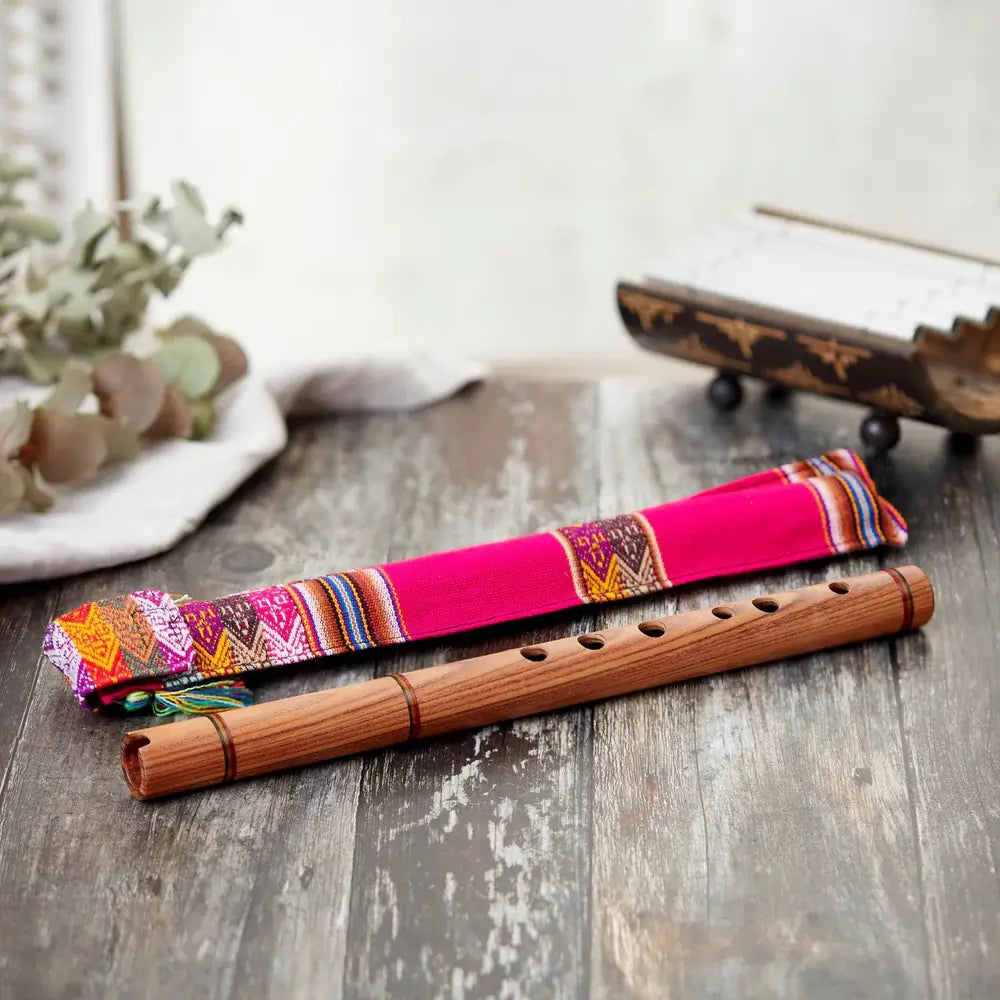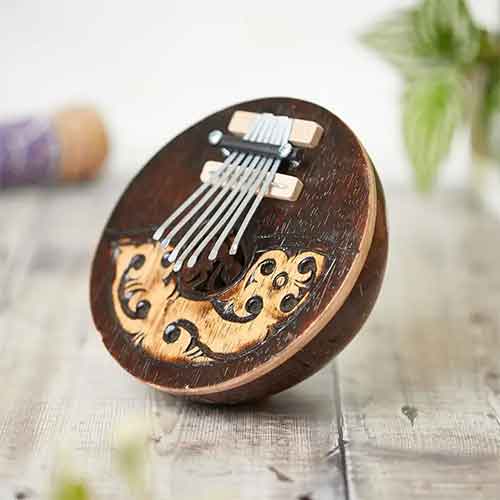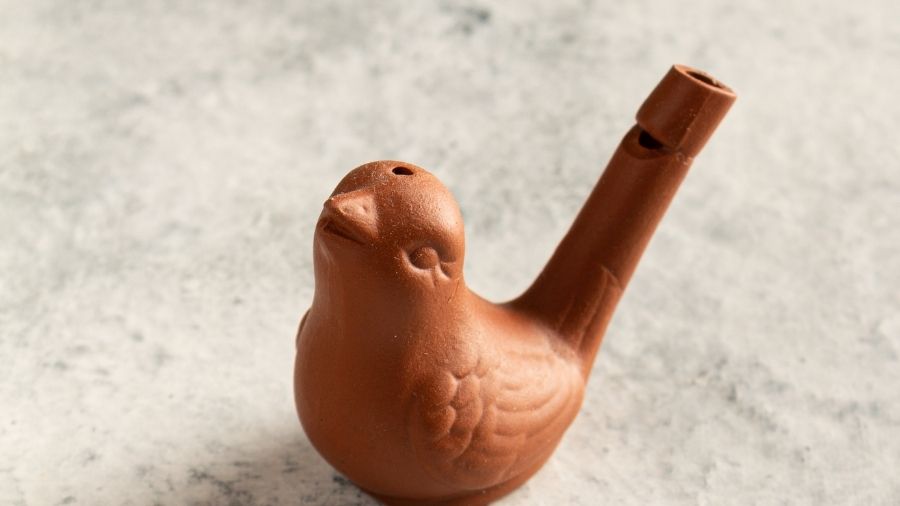A tuning fork is a two-pronged metal instrument used to generate tones with a specific, constant frequency. It is used as a standard for tuning musical instruments, and for checking the accuracy of musical intervals. It was invented by German physicist Hans Biosonics in 1711. Tuning forks are made from steel or aluminum and come in a variety of sizes, from the small A-440 tuning fork (440 Hz) to the large C-128 tuning fork (128 Hz). They are usually sold as a complete set with accessories such as a carrying case, a stand, and a mallet.
What is a tuning fork used for?
Tuning forks are used in a variety of ways. In music, they are used to tune instruments such as guitars and violins. They are also used in medical settings to check hearing and diagnose ear problems. In addition, tuning forks are used to check the accuracy of musical intervals and to check the tuning of pianos.
How to use a tuning fork for healing?
Tuning forks are a simple but powerful tool for promoting healing, relaxation, and balance. Whether you're using them for body tuning, chakra balancing, or sound therapy, tuning forks can help you tap into the body's natural healing process and promote a sense of well-being so lets explore these practices in more detail.
Body Tuning
This practice involves placing the tuning fork on various parts of the body to promote relaxation and balance. To use a tuning fork for body tuning you should choose a tuning fork with a frequency that corresponds to the area of the body you want to target. Strike the fork against a rubber mallet or a hard surface to create a sound. Hold the fork close to the area of the body you want to target, and let the vibration and sound wash over you. You can repeat this process several times, focusing on different areas of the body as needed.
Chakra Balancing
Chakra balancing involves using tuning forks to balance the body's energy centers, or chakras. Each chakra corresponds to a specific frequency, so you'll need to choose a tuning fork that matches the frequency of the chakra you want to balance.
To use a tuning fork for chakra balancing you will need to choose a tuning fork with a frequency that corresponds to the chakra you want to target. Strike the fork against a rubber mallet or a hard surface to create a sound. Hold the fork near the corresponding chakra, and let the vibration and sound wash over you.
Sound Therapy
Sound therapy involves using tuning forks to create a soothing, relaxing environment. To use a tuning fork for sound therapy you should choose a tuning fork with a frequency that promotes relaxation and calmness. Strike the fork against a rubber mallet or a hard surface to create a sound. Hold the fork near your ears, and let the vibration and sound wash over you. You can repeat this process several times, focusing on deep breathing and relaxation.
Striking the Tuning Fork
To activate the tuning fork, gently tap it against a soft surface, such as your palm or a rubber mallet. This will create a vibration that will produce the desired sound. Be sure to strike the tuning fork with just enough force to create a clear, resonating tone. Avoid striking it too hard, as it may dampen the sound or damage the fork.
Practicing Regularly
To fully experience the benefits of sound therapy with tuning forks, consistency is key. Incorporate regular sound sessions into your self-care routine, allowing yourself time to relax, recharge, and rebalance. Practice mindfulness and active listening during each session, giving yourself permission to fully surrender to the healing vibrations of the tuning fork.
Where to buy a tuning fork?
The most popular tuning forks are made by the German company Meinl. Their forks come in a variety of sizes and frequencies and are made from high-quality steel. They also come with a range of accessories, such as stands, mallets, and carrying cases. Other manufacturers, such as Ohm, also make tuning forks, but these are usually of lower quality. Tuning forks can also be made from crystal. These are generally more expensive than steel forks, but they produce a clearer, more precise tone. They are often used in professional settings, such as recording studios, where accuracy is paramount.
Visit Guitar Center to find a range of options from top brands like D'Addario and Meinl. The popular D'Addario Planet Waves tuning fork features an ergonomic handle and color-coded O rings, while Meinl offers intricately crafted tuning forks, alternatively, you can also find tuning forks at Amazon from various brands all at a competitive price.
Up next: What is a sound bath?












